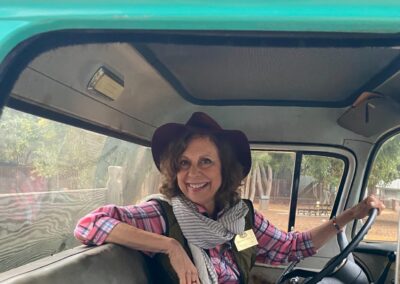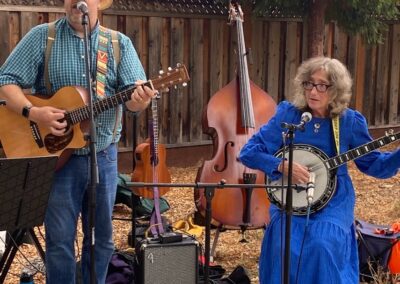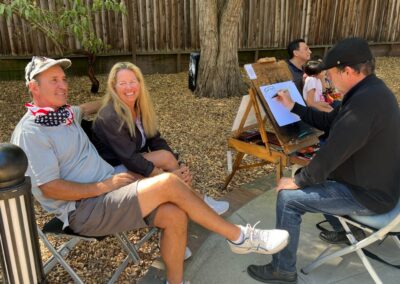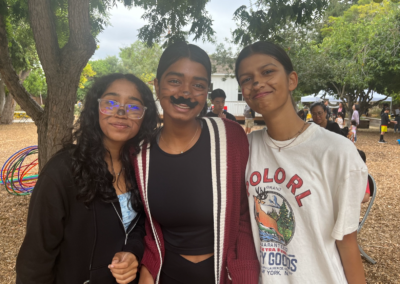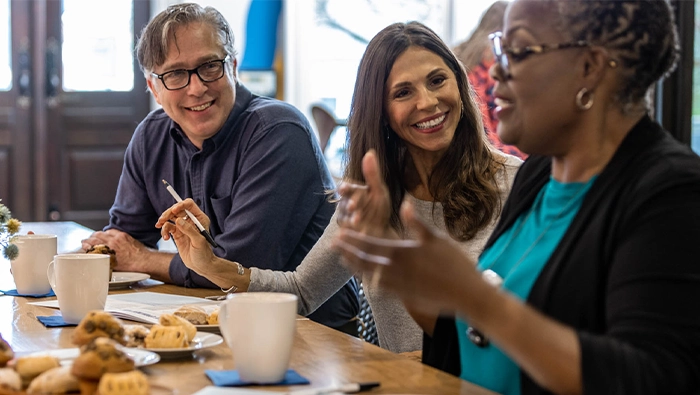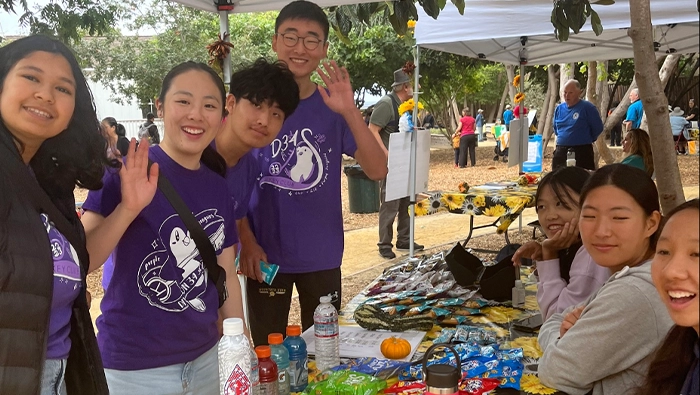
Connecting with Key Club creativity
In California, U.S., a Kiwanis club’s festival benefits from students’ energy.
By Julie Saetre
Seven years ago, the Mountain View Kiwanis Club in California, U.S., decided to hold its first Harvest History Festival to celebrate Mountain View’s agricultural past. For help with the event, the club reached out to the two Key Clubs they sponsor. In fact, they made an offer: In return for assistance, the Kiwanis club would pay each student volunteer’s Key Club membership dues for the year. The response was enthusiastic — and impressive.
“They helped with the setup, they helped with the tear-down. The city [representatives] were so impressed with them,” says Marina Marinovic, a Mountain View club member. “And so, as the festival kept going, I would think of ways that we could raise some money for them.”
At subsequent Harvest History Festivals, Key Club members have sold snacks and raffle tickets to raise money for their club budgets. And their festival responsibilities grew to include face-painting, manning a coloring table, guiding children through arts and crafts projects and more.
When one of Marinovic’s neighbors was giving away a puppet theater, Marinovic approached the Key Clubs and asked whether they’d like to create a puppet show for the festival. The members readily agreed.
Thanks to their enthusiasm, Marinovic now hopes the clubs will be able to hold future performances for young patients at area children’s hospitals. It’s not just the spirit of service but the Key Clubbers’ passion for creative projects that makes her optimistic.
“I don’t think they get an opportunity to do that so much in school anymore,” Marinovic says. “So it seems they enjoy doing something that is fun and great for children.”
Is your club making the most of its Key Club sponsorship? Marinovic advises Kiwanis clubs to reach out to their Key Club members and discuss ways that their clubs can collaborate.
“It’s great to interact with kids and see how resourceful and wonderful they are to work with,” she says. “It’s great to have the young energy there and for them to interact with older members. It just really brings up the spirit of the whole event. I don’t think we recognize that they can really support Kiwanis clubs as an asset.”

